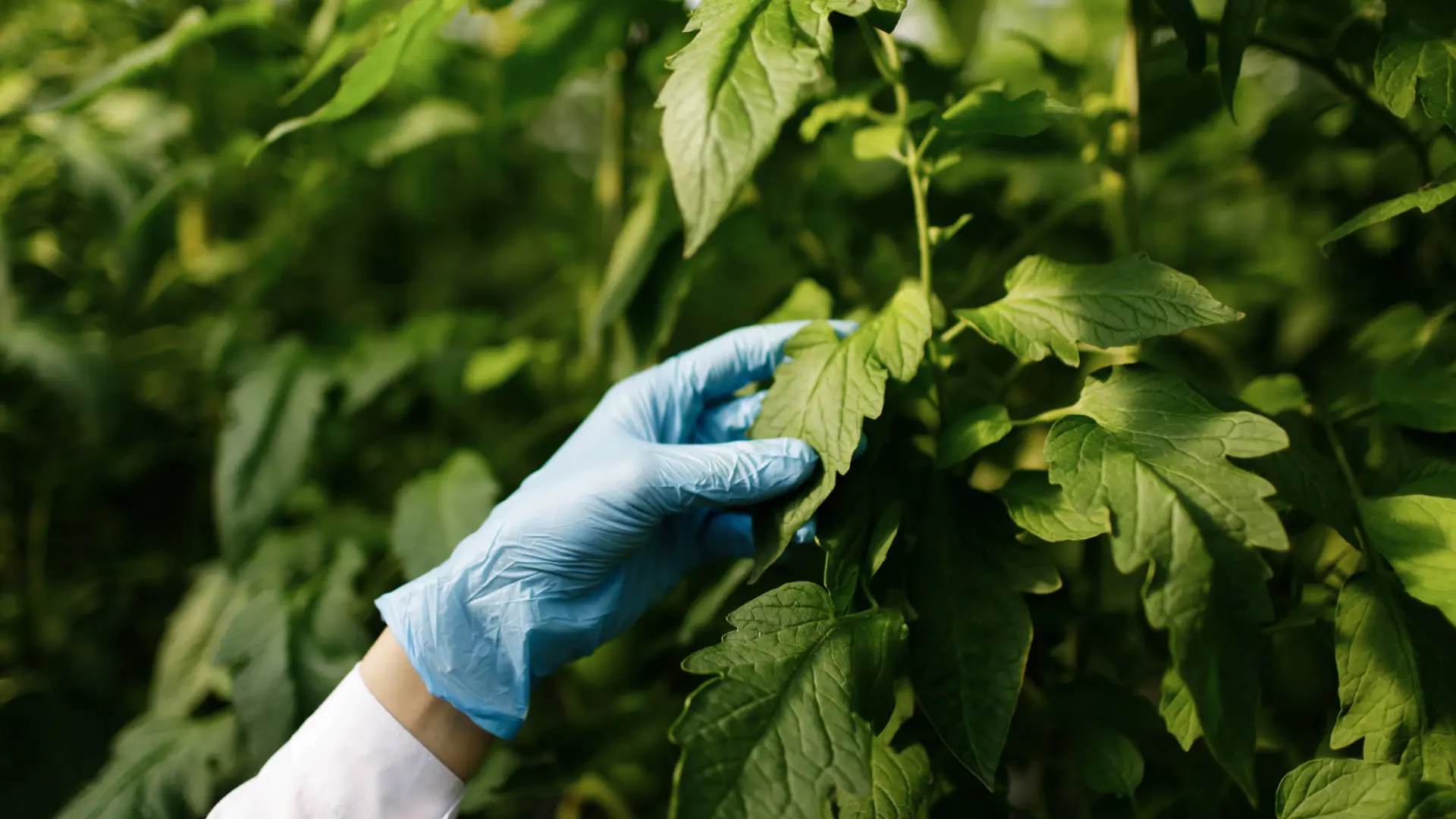
Organic & Natural Pest Solutions
We unite suppliers and green industry professionals worldwide
Watermelon Peperomia is a tropical evergreen native to South America. It’s popular because of its easy-care nature, compact growth habit and, especially, those eye-catching leaves that look like tiny watermelon skins
By Mariam Scott
|Published on June 30, 2025
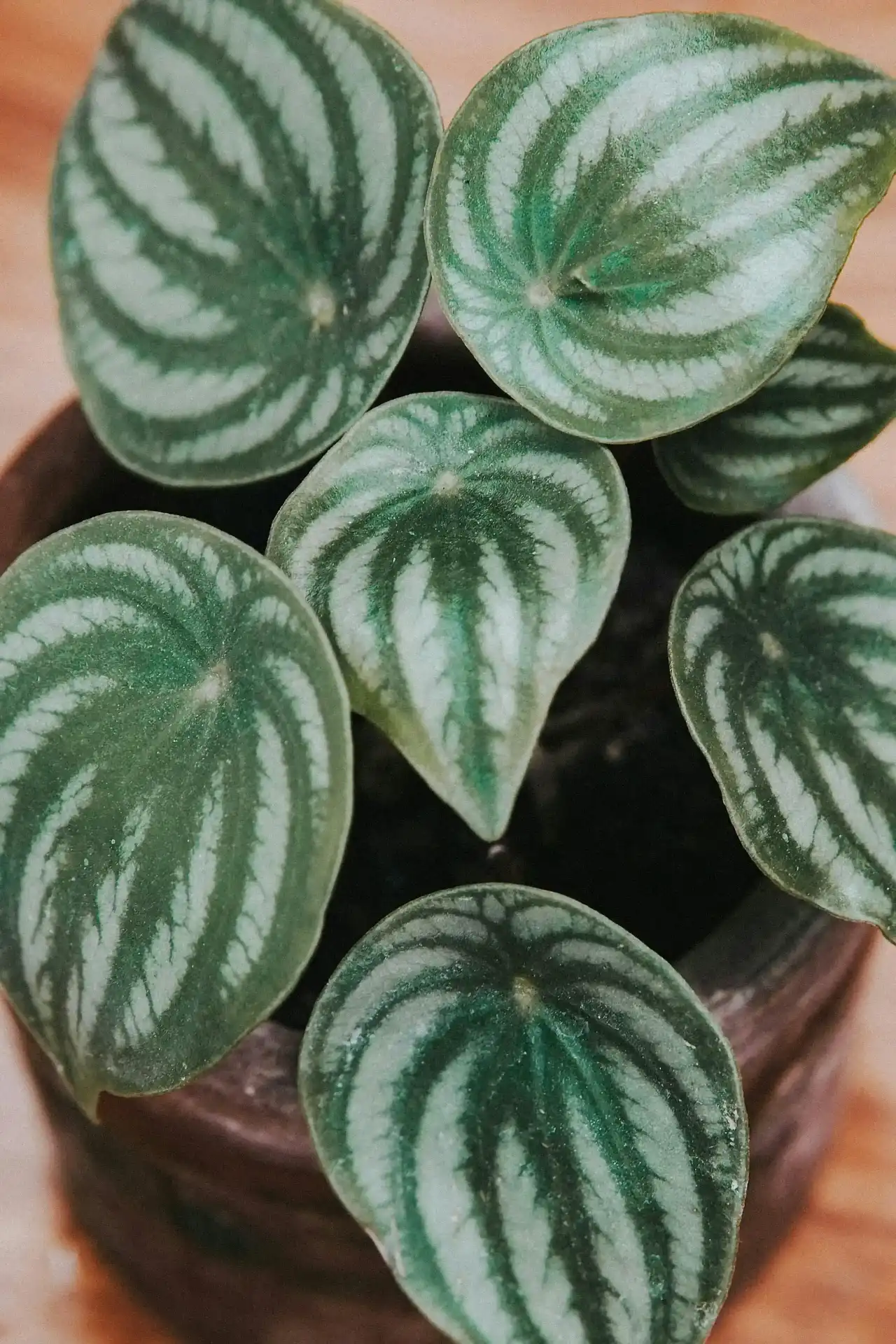

Did you know the Watermelon Peperomia isn’t related to watermelons at all—but gets its name from its striped, glossy leaves that look just like the fruit’s rind?
Watermelon Peperomia (Peperomia argyreia) is a tropical evergreen native to South America. It’s popular because of its easy-care nature, compact growth habit and, especially, those eye-catching leaves that look like tiny watermelon skins. Though it has an exotic appearance, this plant is ideal for houseplant parents new to the game, and is happy to grow indoors with little attention.
Whether it’s sitting on your windowsill, desk, or shelf, Watermelon Peperomia brings fresh, playful energy to any space without overwhelming it.
| Common Name | Watermelon Peperomia |
| Botanical Name | Peperomia argyreia |
| Type | Tropical evergreen perennial (grown as houseplant) |
| Height | 6 to 12 inches tall and wide |
| Light Requirements | Bright, indirect light |
| Soil Needs | Well-draining, airy mix |
| Water Needs | Moderate; allow soil to dry partially |
| Hardiness Zones | 10 to 12 (USDA); grown indoors elsewhere |
| Bloom Time | Spring through early summer (flowers are small and delicate) |

September 12, 2025
14 minute read
September 12, 2025
23 minute read
September 11, 2025
14 minute read
September 08, 2025
8 minute read


Join as a seller and connect with thousands of B2B buyers nationwide!
Sign Up
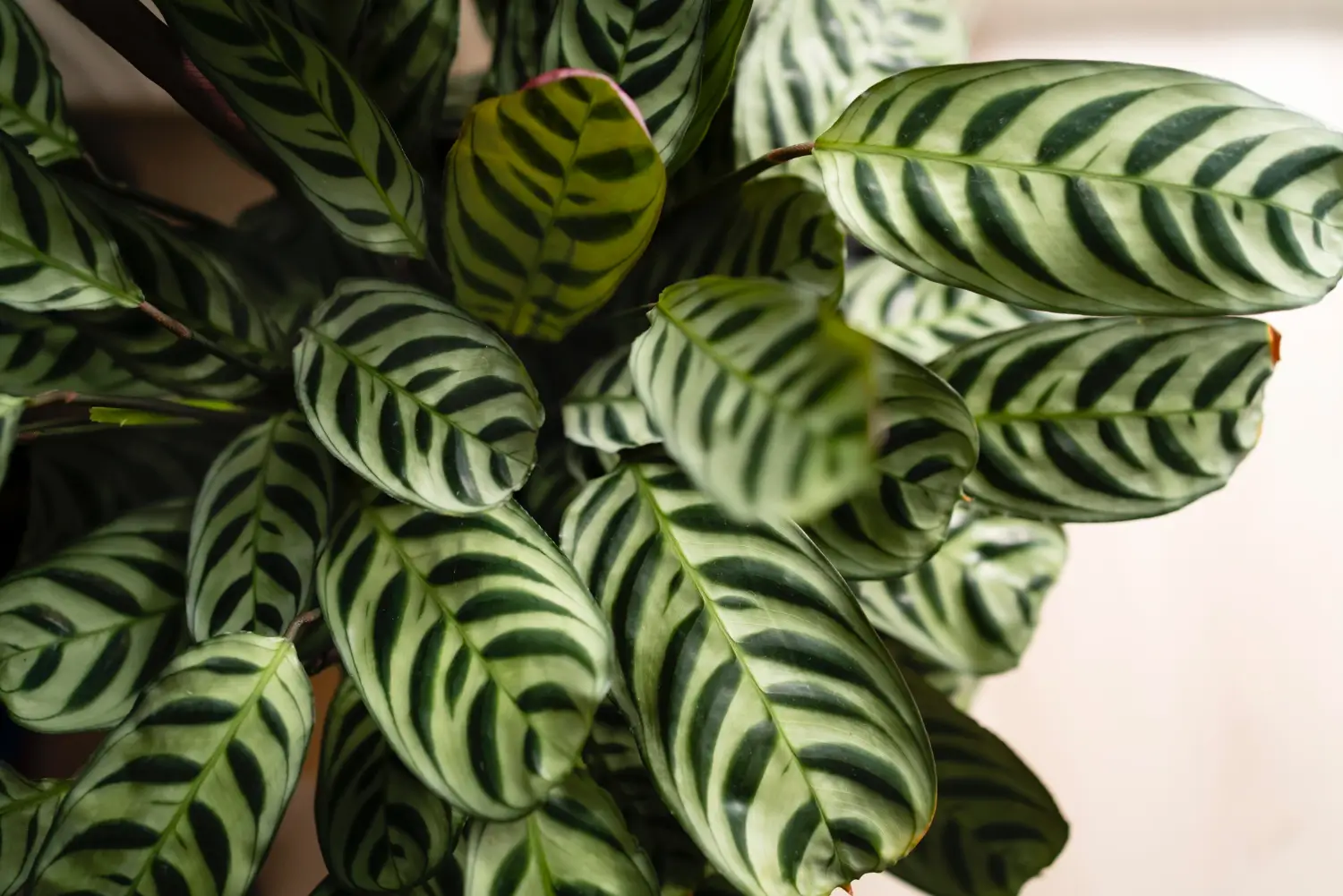
Calathea Fasciata
Meet Calathea Fasciata! This tropical beauty is part of the Marantaceae family, also known as the "prayer plant" family
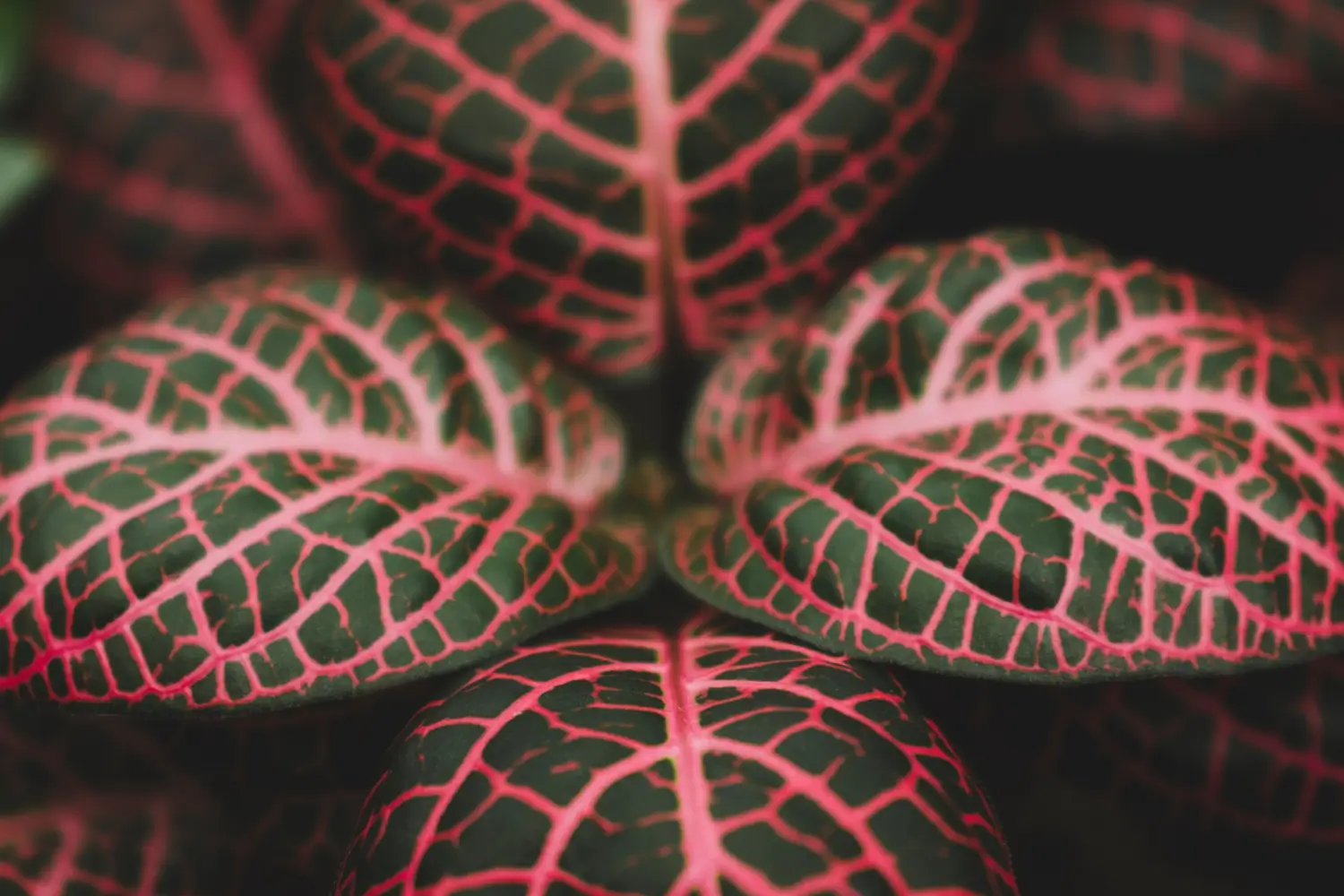
Caladium
Have you had that feeling to add a splash of color to your garden and get it all done in a jiffy? You must get Caladium, or “Angel Wings” for its enormous heart-shaped leaves

Dahoon Holly
"Ever wondered how to add year-round beauty to your garden without much fuss?" Dahoon Holly (Ilex cassine) could be the perfect solution!
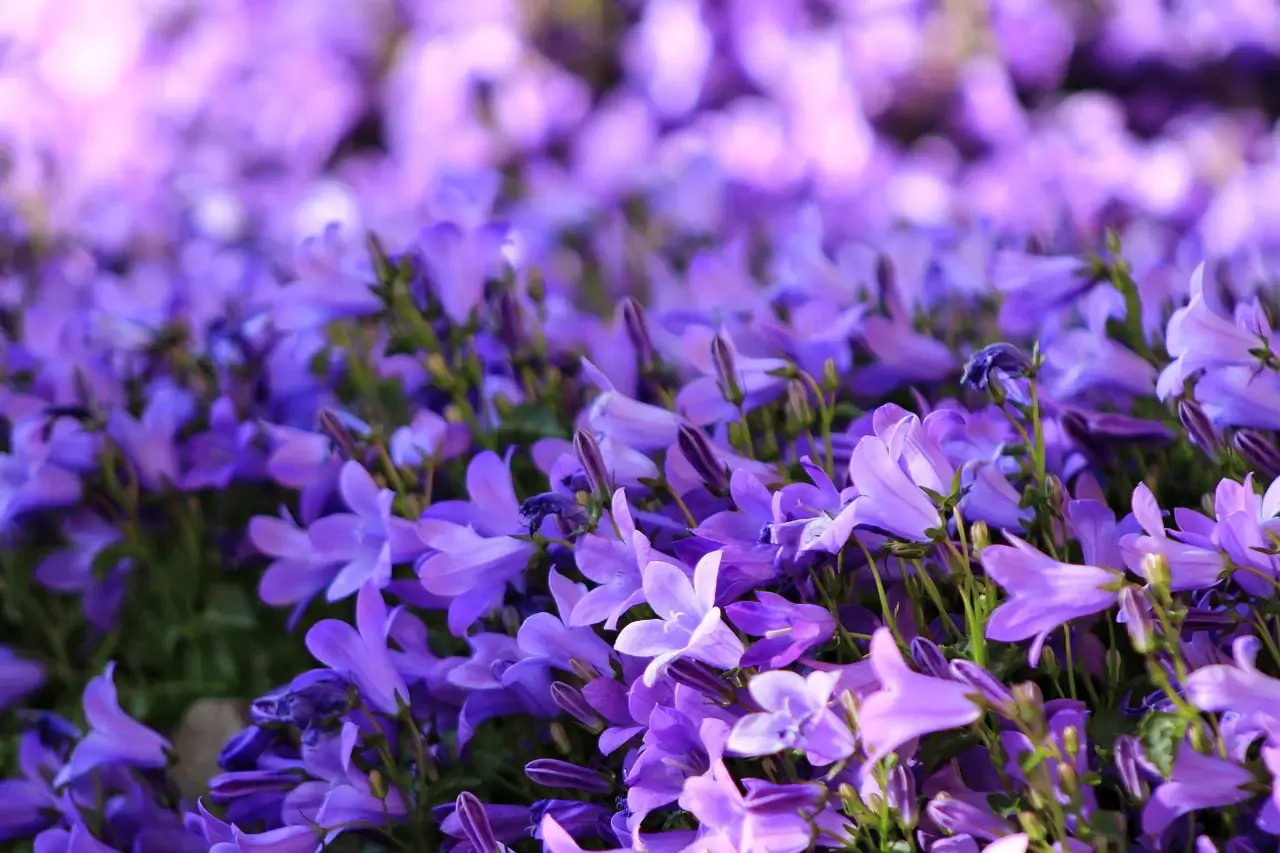
Dalmatian Bellflower
Want a tough, low-maintenance plant that’ll bring a pop of color to your garden? How about Dalmatian Bellflower (Campanula portenschlagiana)!
Watermelon Peperomia is an easy going and cheerful companion, making it ideal for both beginners and seasoned plant lovers. With a small size and a tidy growth habit, it’s perfect for tight indoor spaces. Begin by choosing a container with good drainage and a well-aerated potting mix—look for ingredients like peat moss, orchid bark, and perlite.
This plant is happy in a stable indoor climate between 65-80°F. Never subject it to cold drafts, air conditioning blasts, or place it in an area that experiences sudden temperature changes. It has a relatively high tolerance for indoor humidity but will benefit from regular misting or being put near other plants to help keep moisture in the air. Feeding is not demanding, either — a diluted, balanced houseplant fertilizer once a month during the growing season is all it needs.
Provide your Watermelon Peperomia with bright, indirect light for optimal growth and color. It does best in medium light, but the leaf patterns will fade and growth may slow. It’s also important to avoid direct sun, which can scorch the leaves.
Use a loose, chunky, and well-draining potting mix. A mix designed for houseplants or aroids — such as one with peat moss, orchid bark and perlite — keeps roots from rotting and provides the airflow the plant craves.
Watermelon Peperomia likes its soil to dry out partially between waterings. Water thoroughly when the top 1–2 inches of soil are dry, and be sure excess water can drain freely. Overwatering is the most frequent cause of issues — so if in doubt, give it another day.
Prune Watermelon Peperomia to keep its shape compact and to stimulate new growth. Here's how to do it:
Watermelon Peperomia is simple to propagate at home using leaf or stem cuttings.
Watermelon Peperomia thrives in containers and actually prefers being a bit root-bound. Choose a small or medium-sized pot with good drainage holes—this can prevent soggy roots and keeps the plant healthy.
Due to its size, it’s perfect for window sills, desks, bookshelves, or even in collections with other small houseplants. Plant in a light, airy potting mix and water only when the top inch or two of soil is dry. Rotate your pot every week or two to keep the plant symmetrical and encourage even leaf development.
You don’t need to repot often — every 2-3 years is fine unless you notice roots circling the bottom. Refresh the top layer of soil each spring, and consider placing your pot in a decorative planter for an extra pop of personality.
Since it’s tropical and sensitive to cold, Watermelon Peperomia should be kept indoors year-round in most climates. In winter, slightly reduce watering and avoid placing it near drafty windows or heaters. Maintain humidity with a nearby humidifier or pebble tray.
While not grown for its flowers, Watermelon Peperomia may send up thin, tail-like flower spikes in spring or early summer. These blooms are small and greenish-white, a quirky addition — but it’s the foliage that remains the true showstopper.
Watermelon Peperomia is relatively carefree, but overwatering and low humidity can lead to problems.
With its bright, watermelon-shaped leaves and easygoing nature, Watermelon Peperomia is a showstopper in any houseplant collection. It's compact, colorful, great for small spaces, making it perfect for apartment dwellers, plant beginners, or anyone wanting to add a touch of tropical whimsy to their home. Low maintenance and high reward—it’s a houseplant that’s just as refreshing as its name suggests.
Yes! It's non-toxic to cats and dogs, so it’s perfect for pet households.
It prefers moderate humidity, but is one of the few houseplants that does well in average indoor humidity. A humidity boost in winter is helpful.
Yes — if you have bright, filtered light, the humid climate is actually ideal.
Slow to moderate grower. With good care, it fills out nicely over time without becoming unruly.

Organic & Natural Pest Solutions
Gina Lazaarus
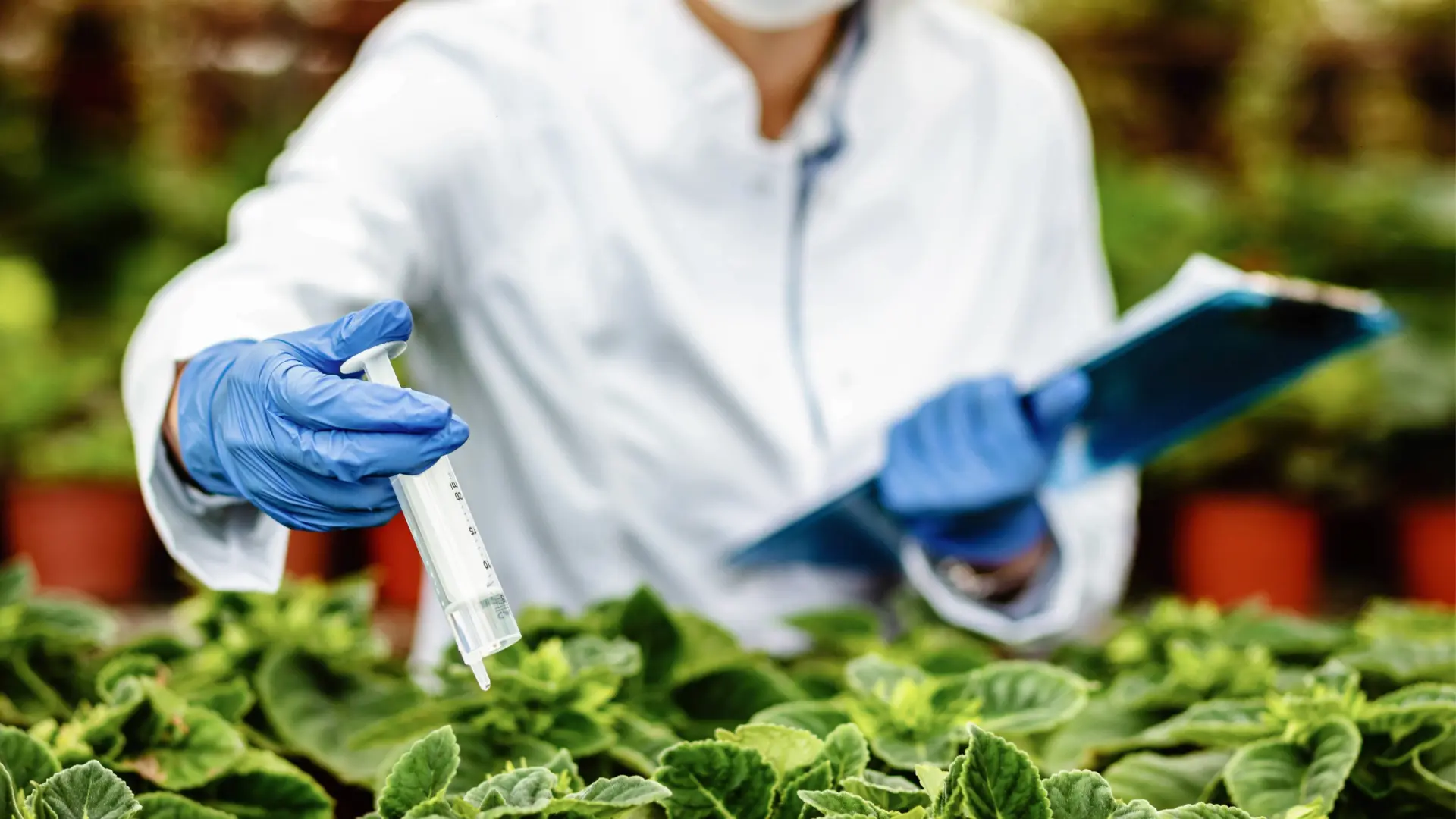
AgriTech & Farm Automation
Gina Lazaarus

AgriTech & Farm Automation
Gina Lazaarus

Outdoor Living
Victor Miller
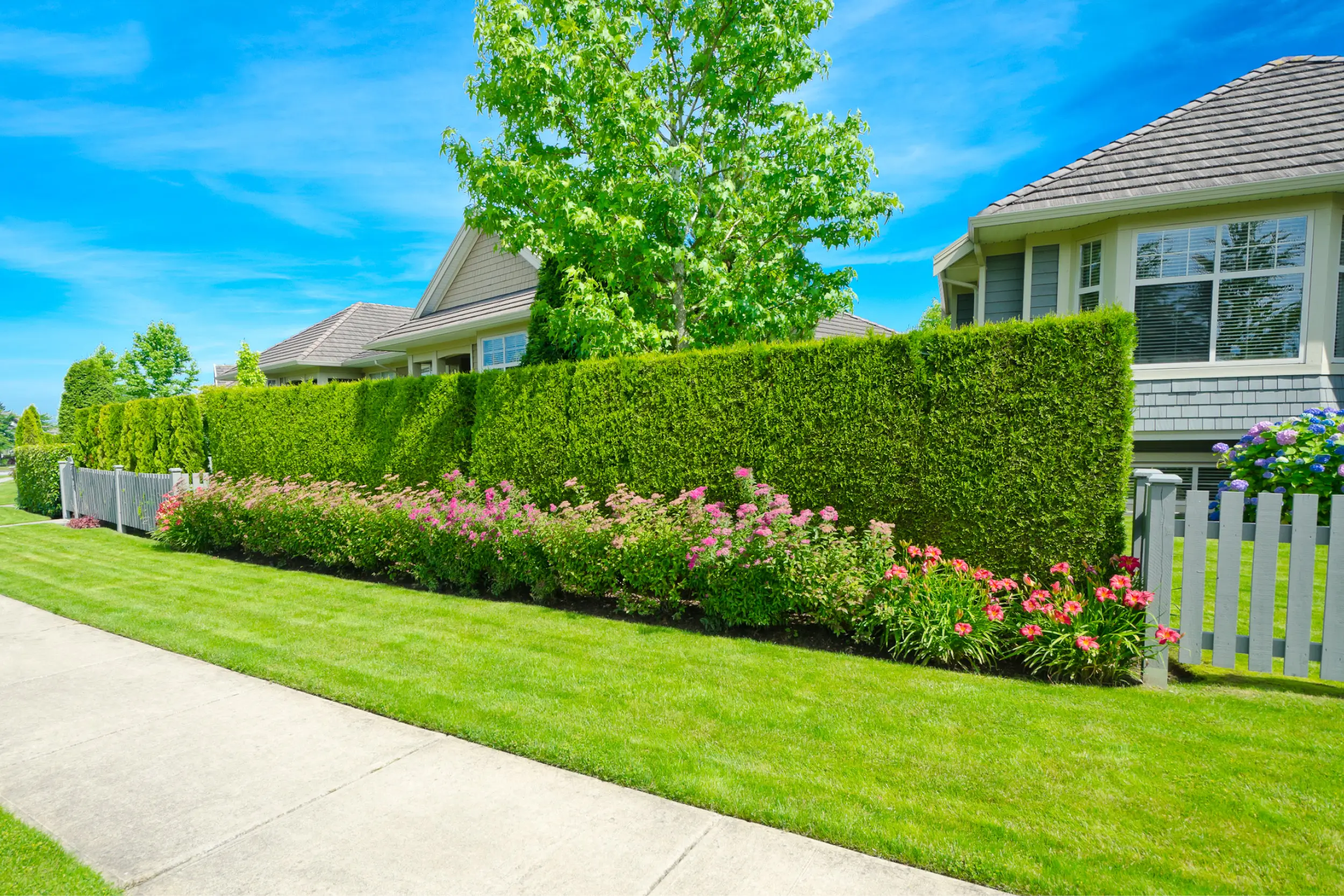
Outdoor Living
Victor Miller
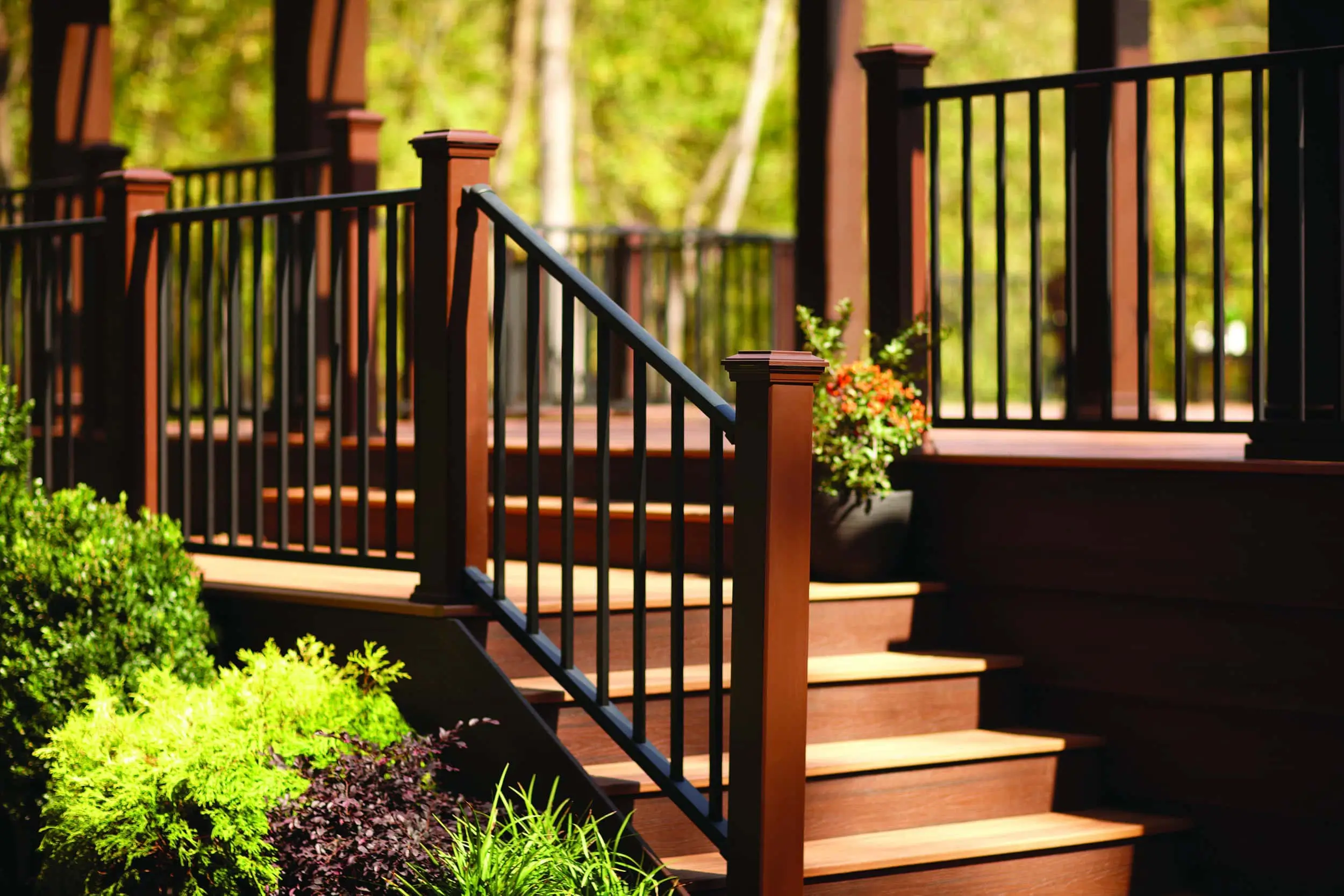
Outdoor Living
Victor Miller
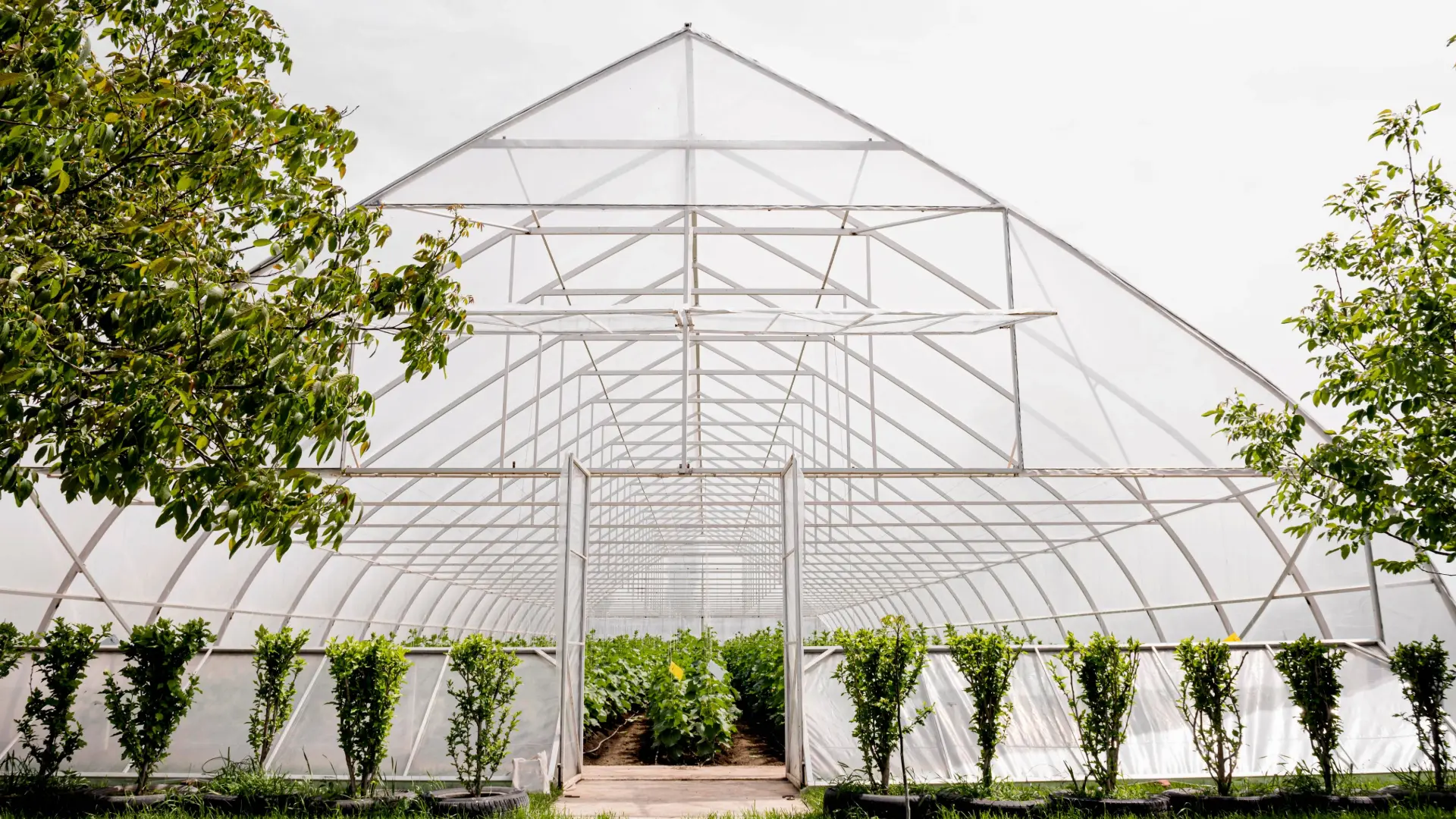
Greenhouse Growing
Gina Lazaarus
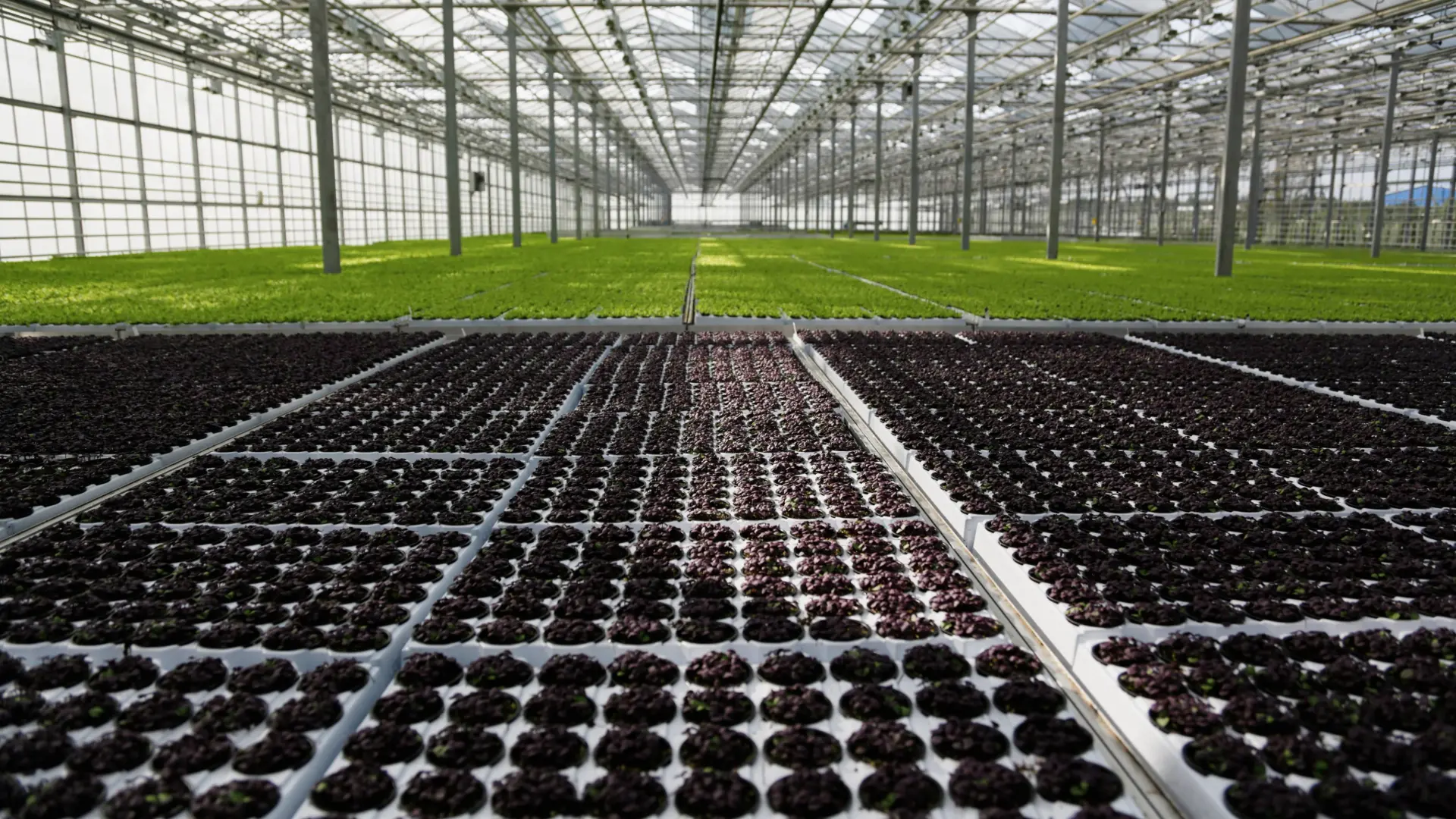
Agricultural Policy & Innovation
Gina Lazaarus
My Account
Our team is always here to help.
We are open Monday - Friday, 9:00 AM to 4:30 PM PST.